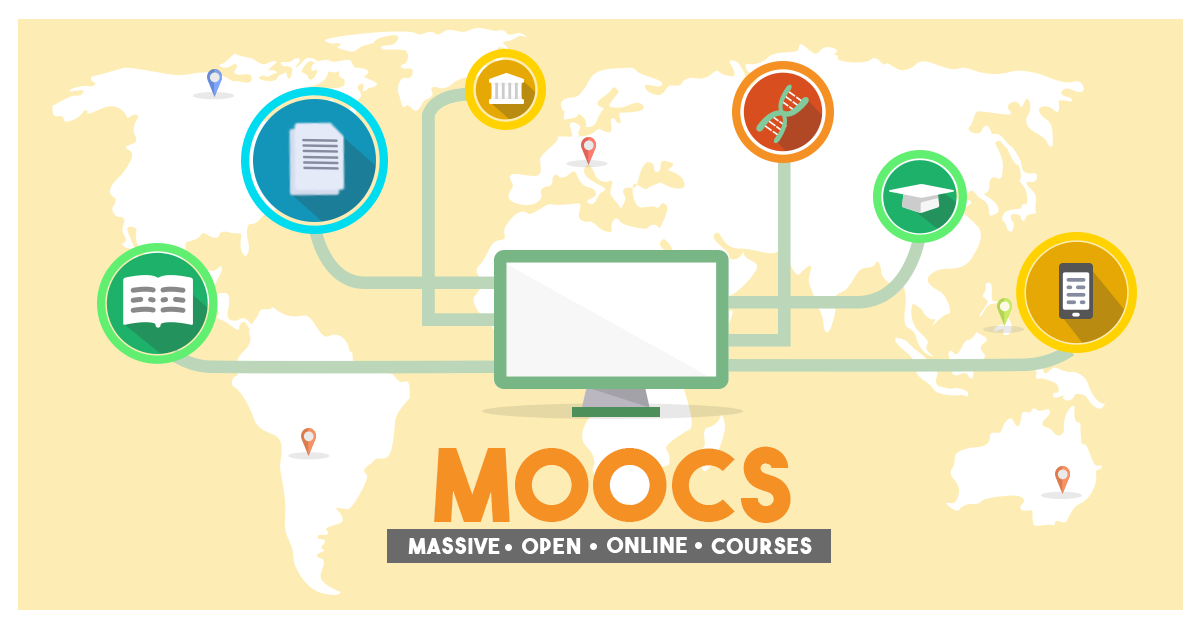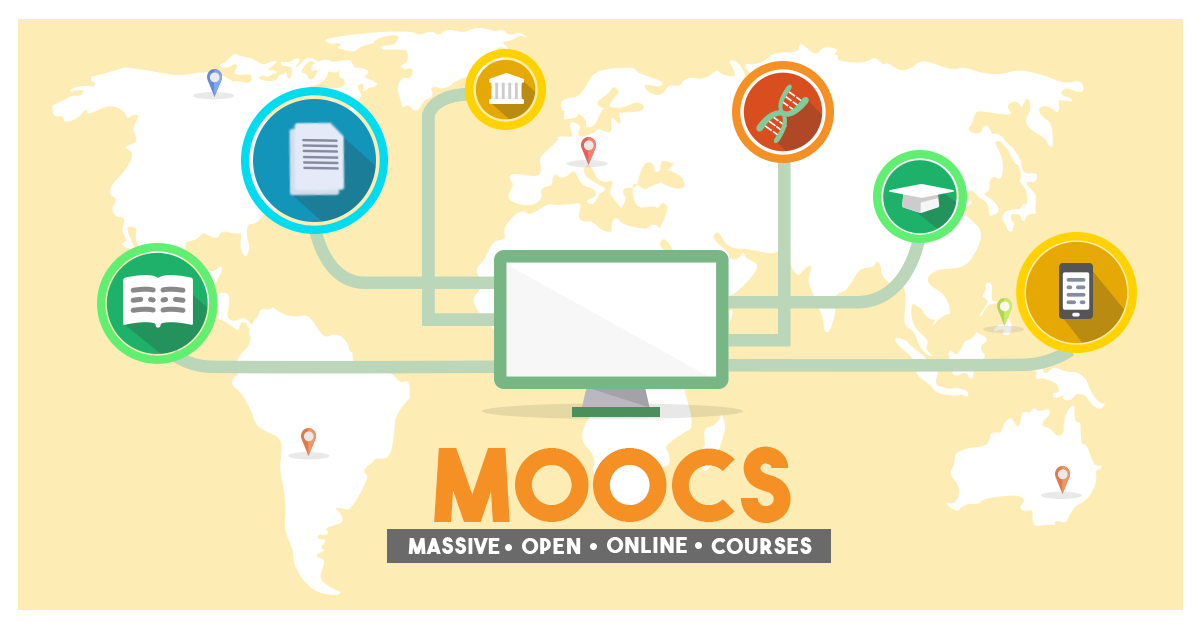MOOCs for the Digital Third World


With millions of takers from all over the world, Massive Open Online Courses (MOOCs) are not only massive in reach. The way resources are mobilized for such undertaking is massive, too. Heavyweights like Harvard, MIT, Stanford are running MOOCs. But even with massive resources, MOOCs are hardly able to reach those potential learners in the peripheries of the digital world.
For those relatively well connected online, MOOCs are a boon to learning. Locals are able to access courses (and, for a fee, get certificates from brand name universities and other providers) that are otherwise unavailable from local training institutions. With MOOCs, a student on-the-go can learn with the use of a smartphone or tablet. So who can take up MOOCs? Anyone who desires or thirsts for knowledge but otherwise unable to attend regular classes at a local university. The preference for online learning is also factor. The operative word here is "online".
However, for those in the digital Third World (or for the optimists, "developing world"), MOOCs are practically a non-event. Current successful MOOC implementations involve mostly participants from developed countries, those with college degrees and even graduate education (Gais 2014). MOOCs have yet to make a real difference in the developing world.
How could people from the digital Third World tap into MOOCs? Fret not. Even in regions where internet connections are scarce, the will to go beyond the usual modalities of learning helps fill in the gaps. If there's a will, there's low-tech way as well. It's a slow throttle, but: Will + Technology wins the day!
Consider, for the instance, the use of a Portable eLearning System (PeLS). The thought of USB drives being distributed to MOOC participants isn't exactly anyone's idea of a "massive online" thing. But in places where the interweb is at best spotty, what choices do we really have? PeLS could be a massively cumbersome exercise, but, hey!, there's always reason to persevere.
Even good innovations backed by big institutions experience headwinds at some point. In the case of MOOCs, a low completion rate--in many cases as low as 10% only (Pope 2014)--plagues their implementation. Paradoxically, the solution could be some complementary offline access like PeLS, at least for those in the digital peripheries.
MOOC pioneers had it wrong when they thought MOOCs would soon impel the educational system. Not all MOOCs students take the time to finish the course. Some just browse or absorb only the materials they are interested in. Others are not yet ready to tackle complex online curriculum.* In the peripheries, completing a MOOC is daunting. But the flexibility neeeded in online learning could get some boost from "low tech" interventions like PeLS.